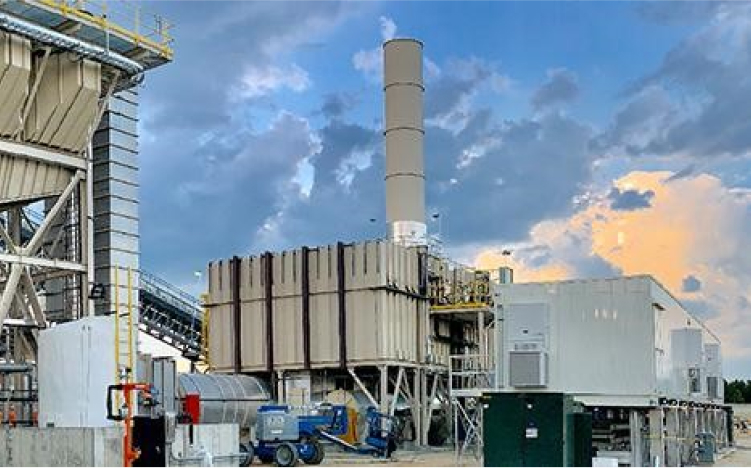Regenerative thermal oxidizers
Regenerative thermal oxidizers (RTOs) are widely accepted for the control of volatile organic compound (VOC) and hazardous air pollutant (HAP) emissions. Years of experience with this technology have shown that RTOs can operate very reliably and do an excellent job of destroying VOCs; efficiencies of up to 99% are not uncommon.
However, even though RTOs are up to 95% efficient in energy consumption, the cost of fuel in today’s marketplace is a big concern. For example, even at 95% thermal efficiency, the temperature rise of the emission stream as it passes through the RTO is approximately 75ºF. With present natural gas price levels in the range of $3 to $4 per MM BTU, a source with 50,000 scfm could cost as much as $250,000 a year to supply with auxiliary fuel.
One way of reducing this energy burden is by using a catalyst in the regenerative oxidation process. Catalysts work by allowing chemical reactions to proceed at lower temperatures. Thus, the regenerative oxidizer can operate at a much lower temperature with attendant fuel savings.
The big question is how do you decide if the catalytic operation is appropriate for your emission control application? When does catalytic operation make sense and what pitfalls should be avoided? LDX Solutions outline the important factors to be considered when assessing this economically attractive option. Contact us to learn more.

